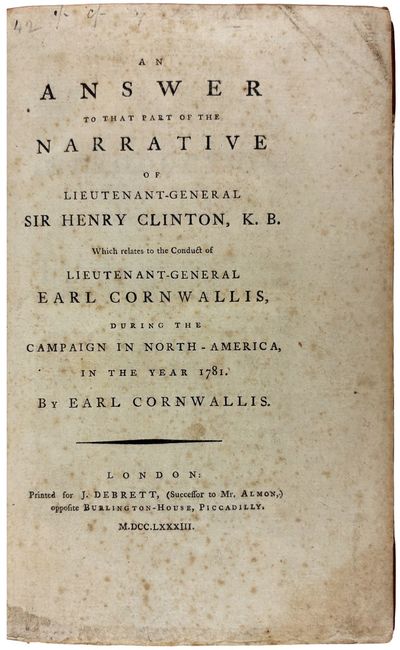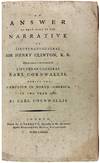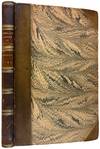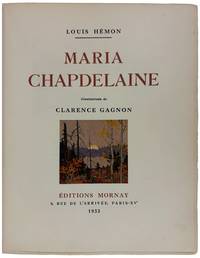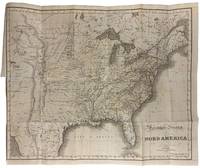Octavo
1783 · London
by CORNWALLIS, Charles, 1st Marquess Cornwallis (1738-1805)
London: J. Debrett, 1783. Octavo. (8 5/8 x 5 1/2 inches). [ii], xvi, [6], 260, [4, advertisements] pp. With errata slip and large folding table at p. 236. 19th-century half calf over marbled paper boards, spine ruled and lettered gilt, marbled endpapers
An indispensable work on the 1781 Virginia campaign and the politics of military blame.
In the spring of 1783 Sir Henry Clinton, commander-in-chief of British forces during the latter half of the American Revolutionary War, published a Narrative of his conduct. Cornwallis, whose surrender at Yorktown (19 Oct 1781) effectively ended the war, believed Clinton's account misrepresented their correspondence and strategic decisions. An Answer is Cornwallis's prompt, point-by-point rebuttal, reproducing the original dispatches (many printed here for the first time) and offering his own justification for the move into Virginia, the choice of Yorktown as a base, and the circumstances of capitulation. Issued anonymously but immediately recognised as Cornwallis's work, the pamphlet initiated a brisk pamphlet-war: Clinton replied the same year with Observations on Some Parts of Earl Cornwallis's Answer, while other officers and anonymous pens weighed in on both sides. The present work is one of the primary printed records of British high-command controversy in the aftermath of Yorktown.
Sabin 16811; Howes C-781 "aa"; ESTC T639; American Controversy 83-29. (Inventory #: 42325)
An indispensable work on the 1781 Virginia campaign and the politics of military blame.
In the spring of 1783 Sir Henry Clinton, commander-in-chief of British forces during the latter half of the American Revolutionary War, published a Narrative of his conduct. Cornwallis, whose surrender at Yorktown (19 Oct 1781) effectively ended the war, believed Clinton's account misrepresented their correspondence and strategic decisions. An Answer is Cornwallis's prompt, point-by-point rebuttal, reproducing the original dispatches (many printed here for the first time) and offering his own justification for the move into Virginia, the choice of Yorktown as a base, and the circumstances of capitulation. Issued anonymously but immediately recognised as Cornwallis's work, the pamphlet initiated a brisk pamphlet-war: Clinton replied the same year with Observations on Some Parts of Earl Cornwallis's Answer, while other officers and anonymous pens weighed in on both sides. The present work is one of the primary printed records of British high-command controversy in the aftermath of Yorktown.
Sabin 16811; Howes C-781 "aa"; ESTC T639; American Controversy 83-29. (Inventory #: 42325)
